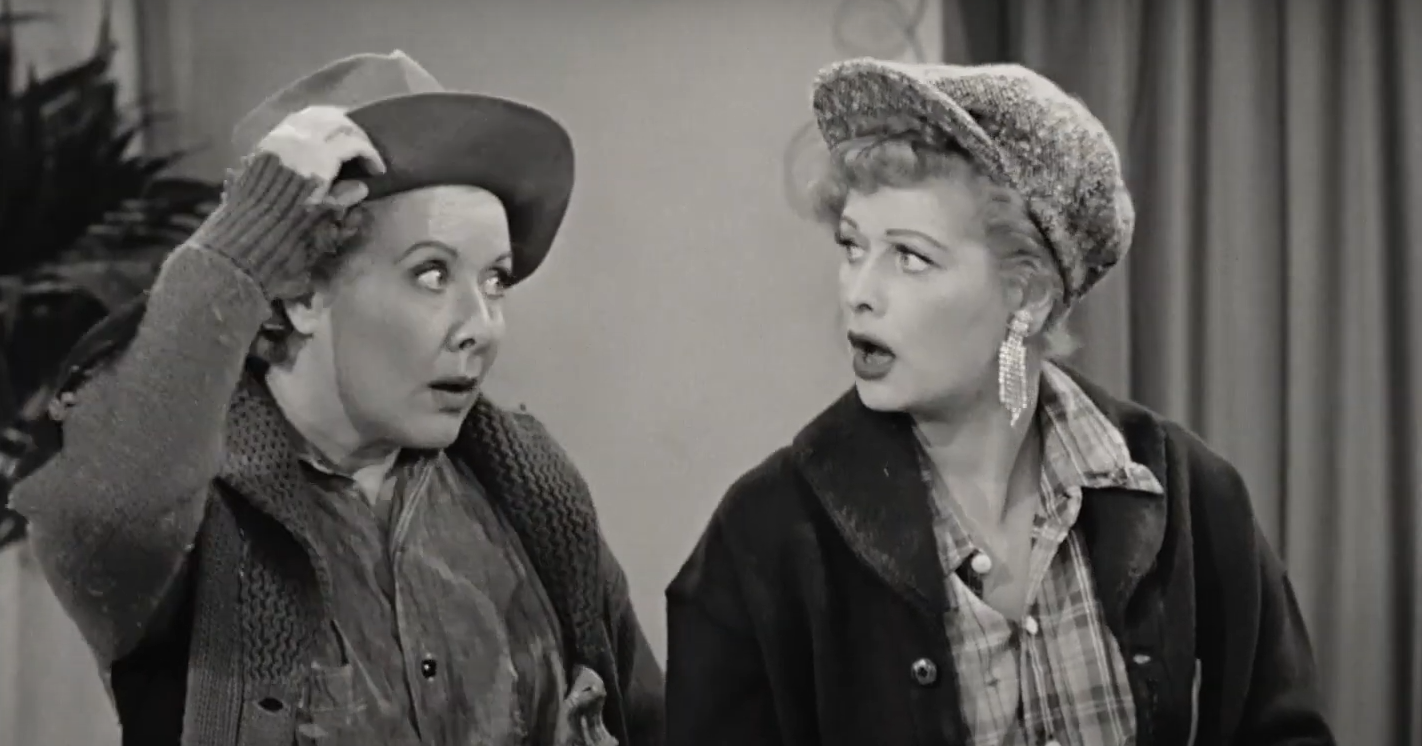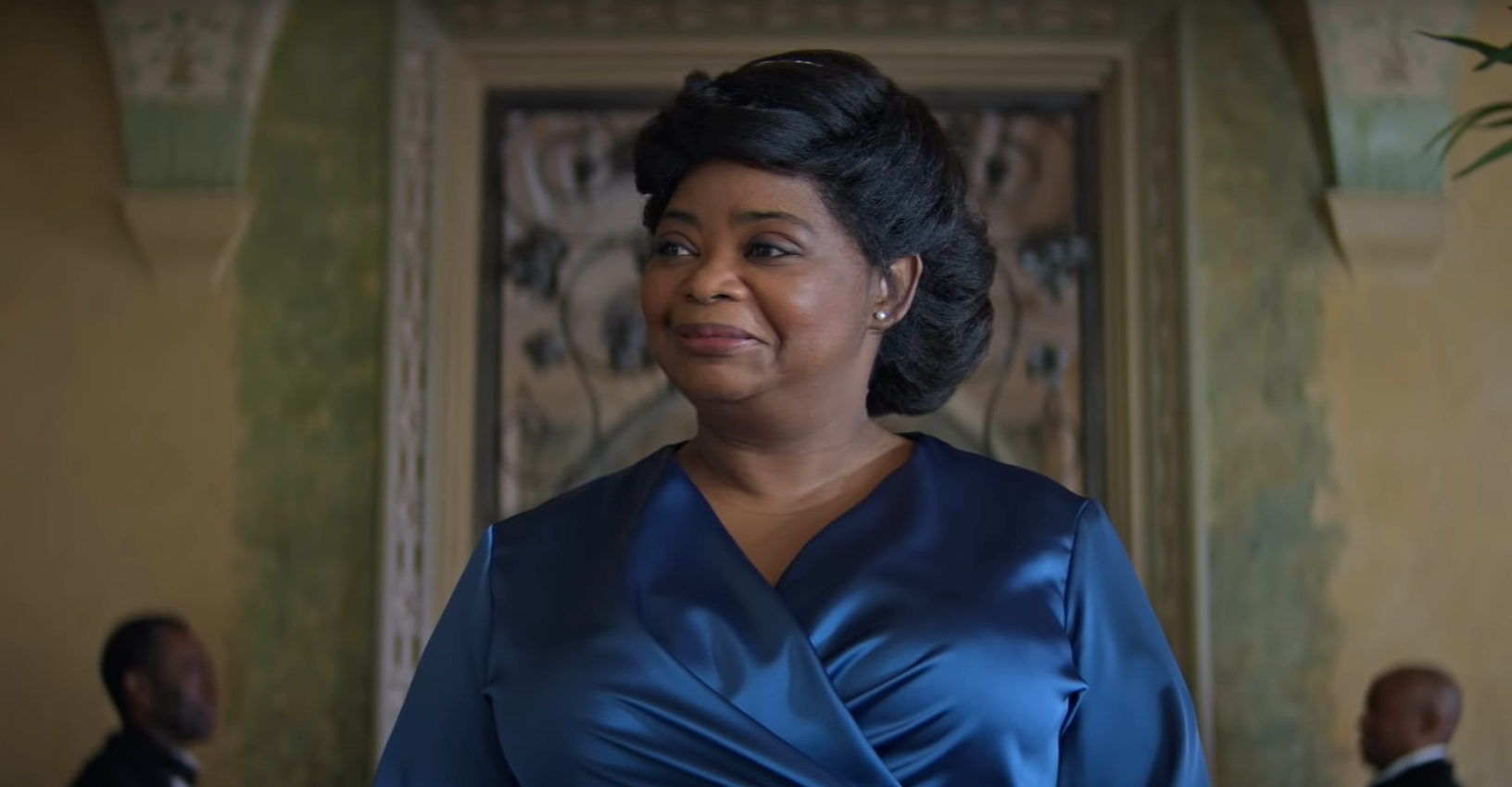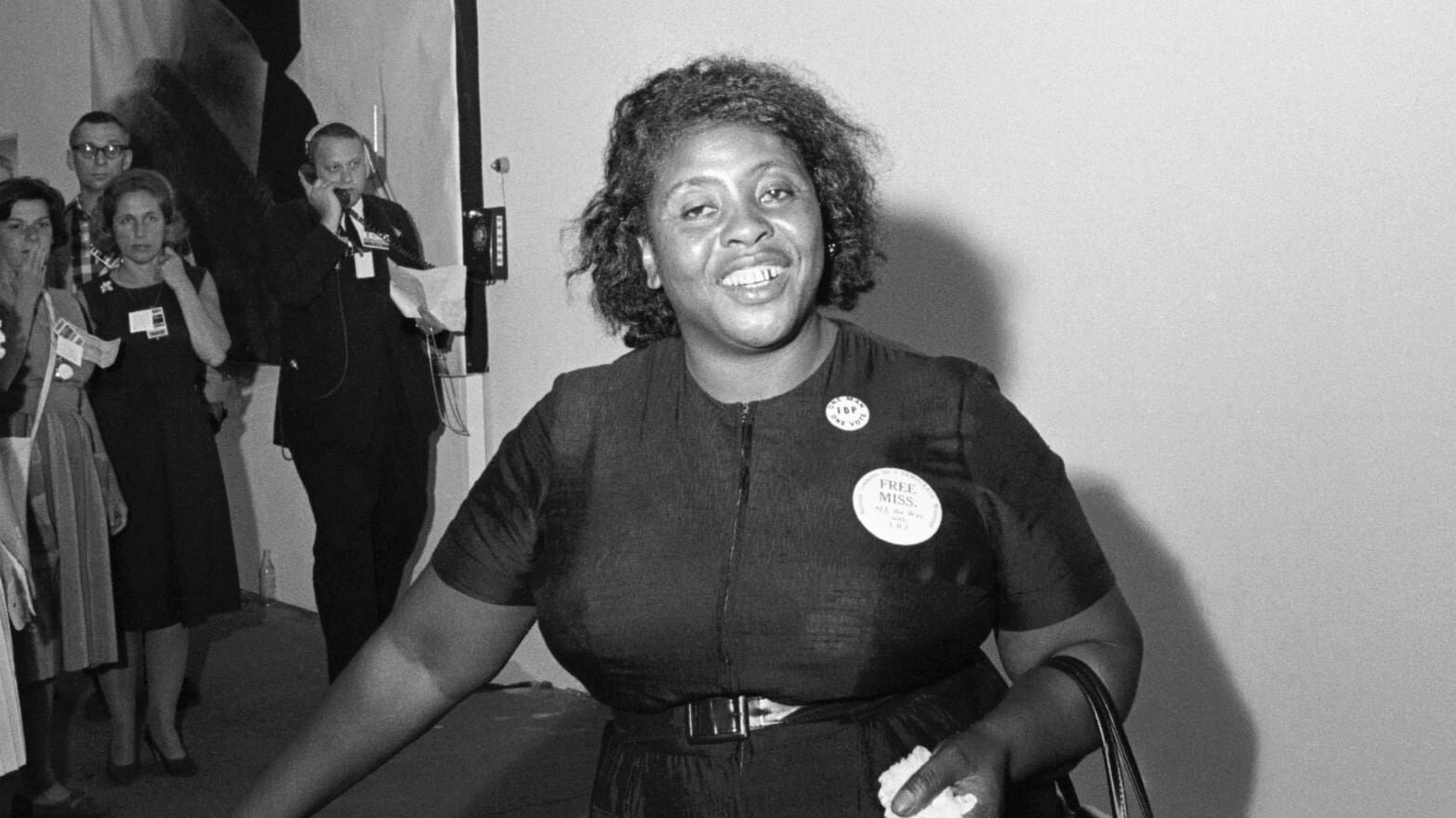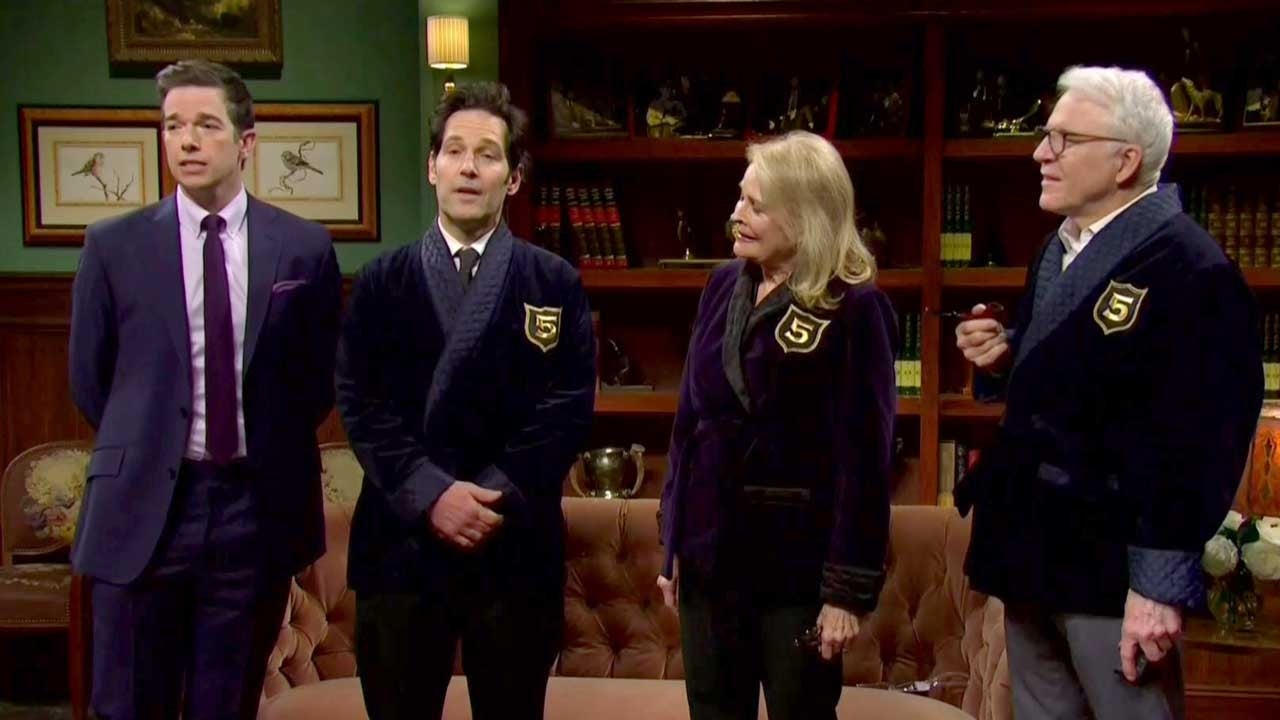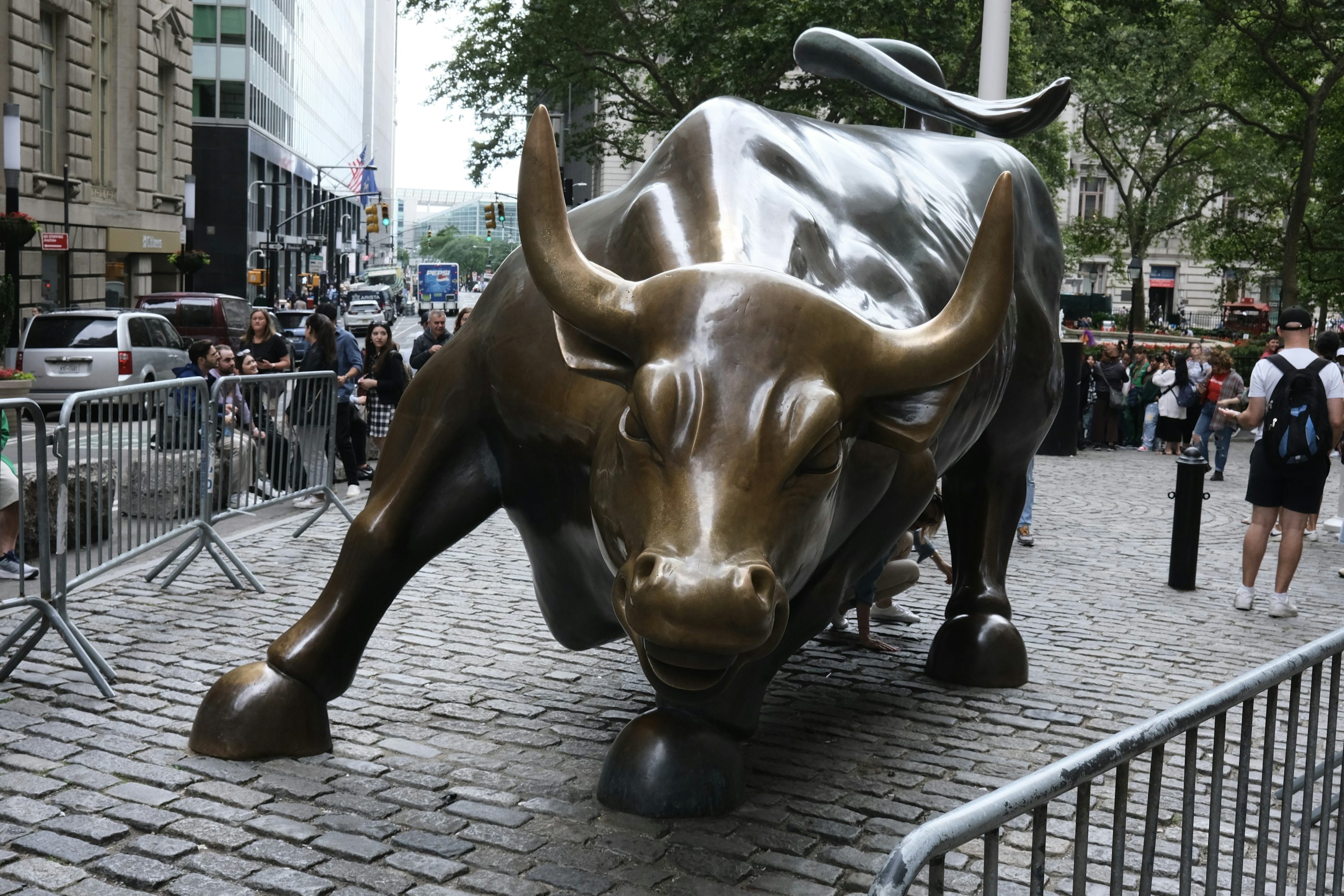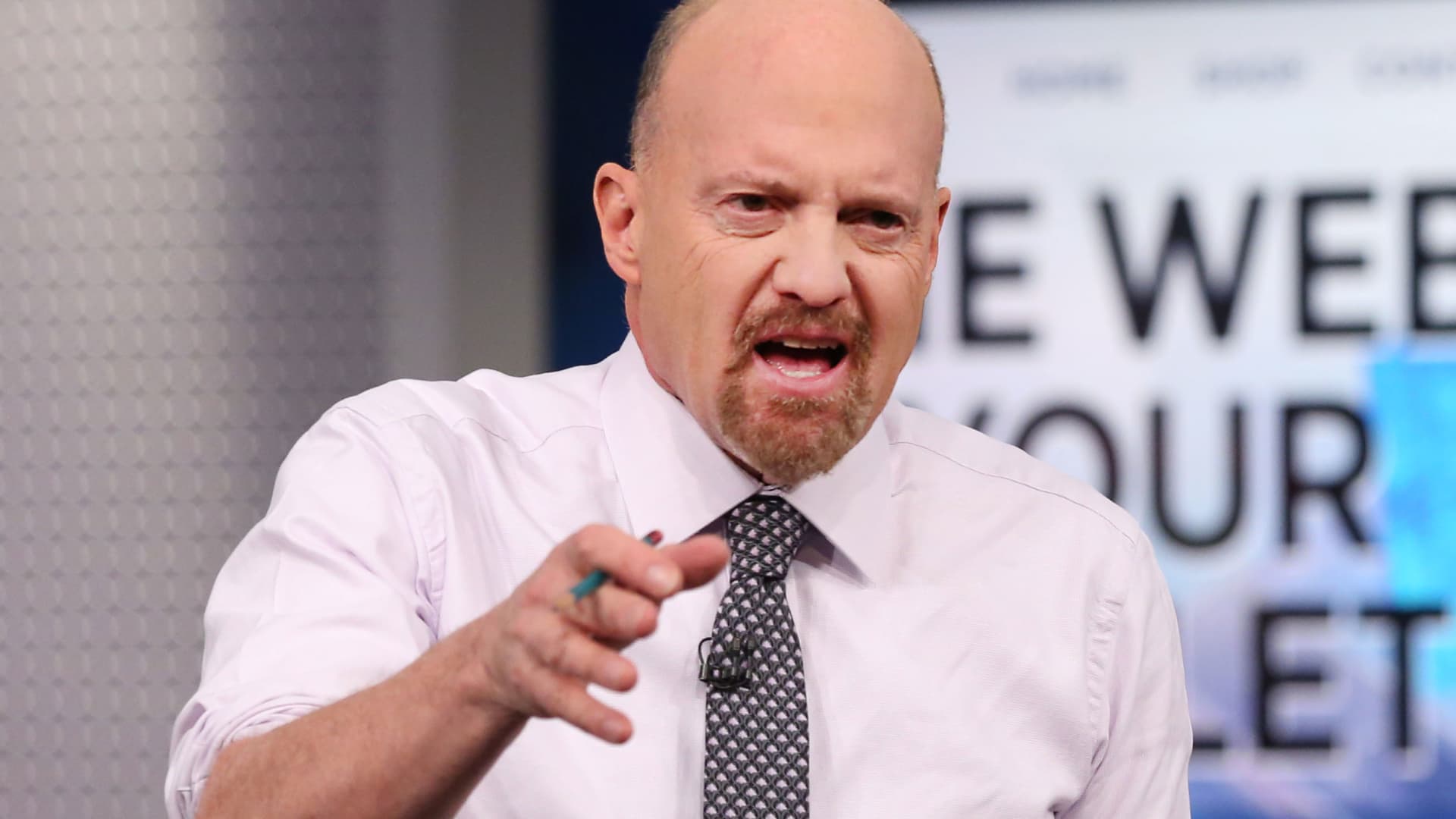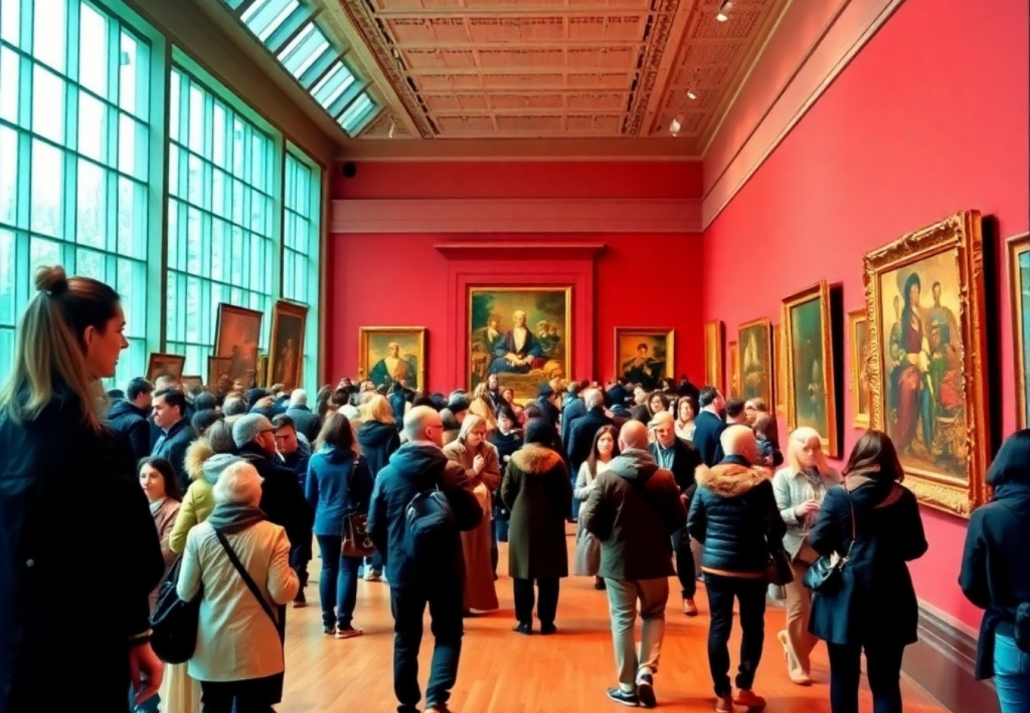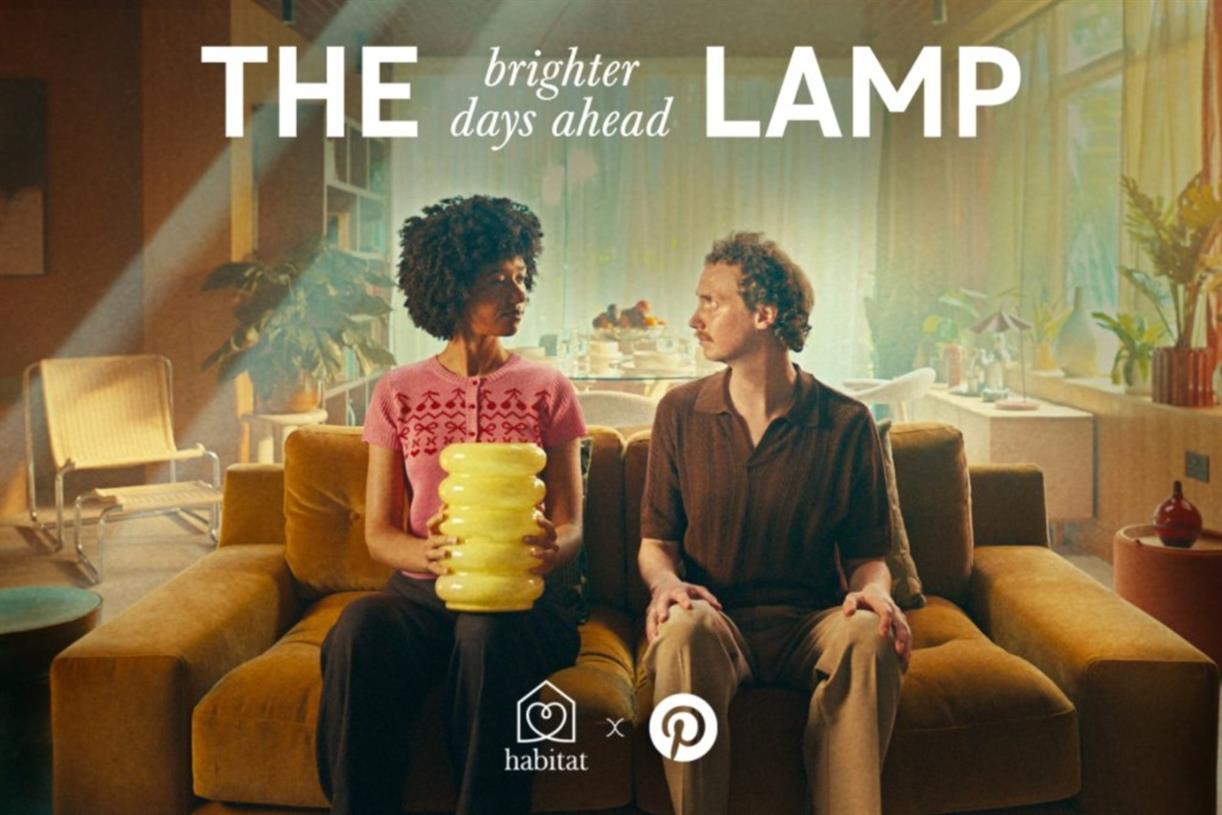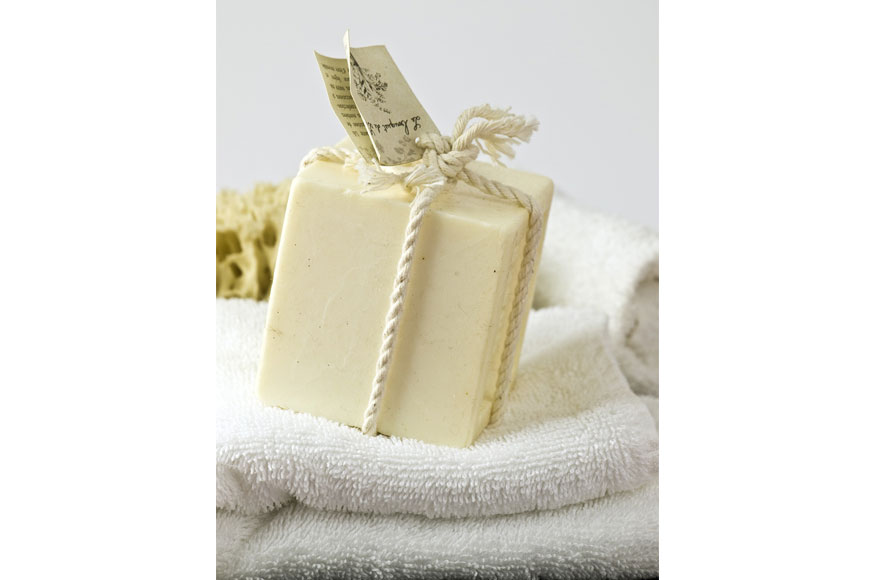Deborah Anderson on Highlighting Indigenous Voices in “Women of the White Buffalo”
Deborah Anderson is an award-winning filmmaker and photographer. Of Indigenous, Black, Irish, and Scottish descent, her photographic work has hung in galleries both in Europe and the U.S., including the world-class Leica Galleries who have hosted three shows for...
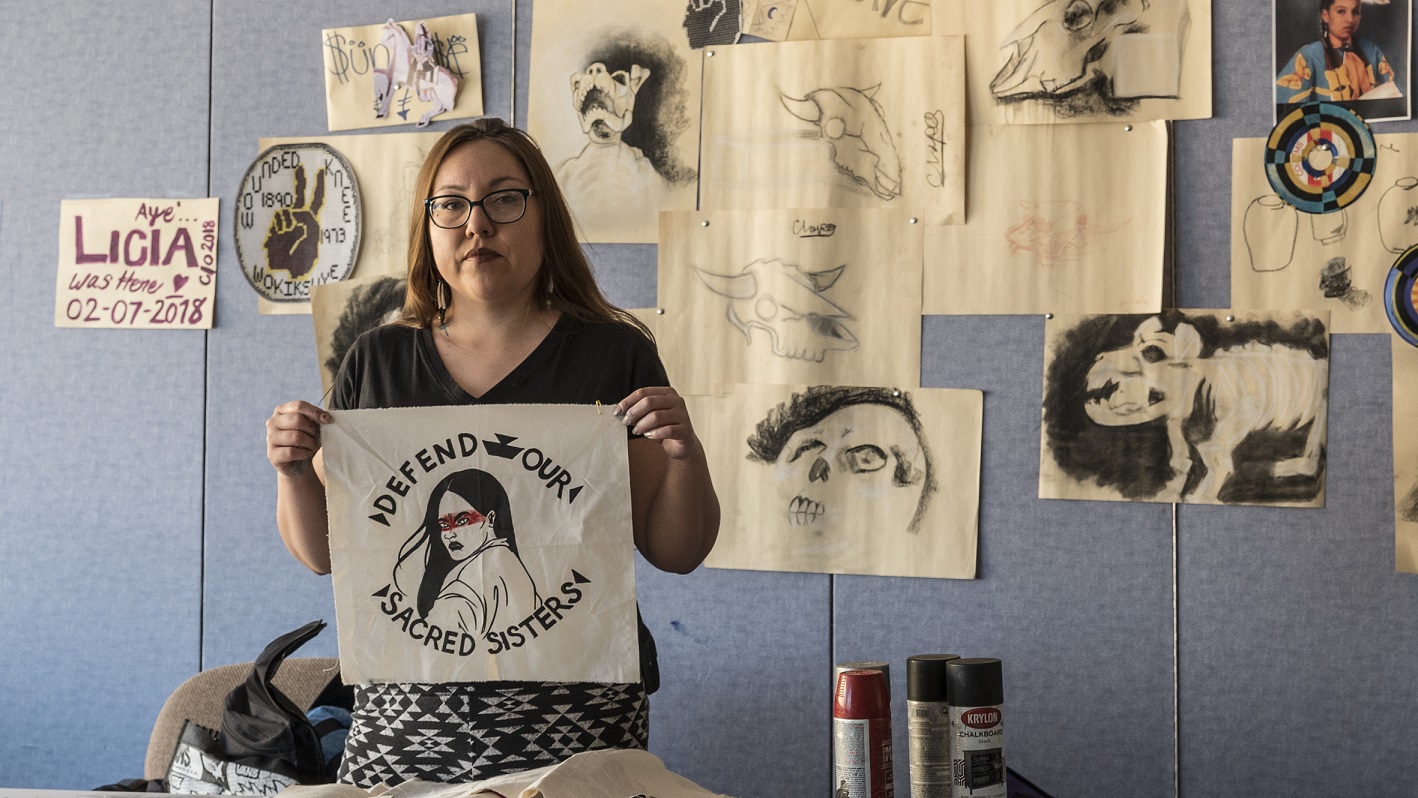
Deborah Anderson is an award-winning filmmaker and photographer. Of Indigenous, Black, Irish, and Scottish descent, her photographic work has hung in galleries both in Europe and the U.S., including the world-class Leica Galleries who have hosted three shows for her “Women of the White Buffalo” series. Her first feature documentary film project, “Aroused,” included a fine art photographic book. It was released theatrically, reached #3 on iTunes’ documentary most-viewed list, and was featured on Showtime and Amazon Video. Anderson has released three fine art coffee table books to date and has created short films and music videos for various celebrated artists. She created “My Revolution” with award-winning writer and activist V [formerly Eve Ensler] and with the voice of actress Rosario Dawson, as well as the short film “Rise” with Thandiwe Newton for the One Billion Rising organization.
“Women of the White Buffalo” launches on VOD April 12.
W&H: Describe the film for us in your own words.
DA: Having travelled to the Pine Ridge Reservation in South Dakota, the home to the Oglala Lakota Nation, I was told it is one of the poorest of all the reservations. I observed the broken pieces of a history that has tried to erase these people and met with the women that are the backbone of the community and keepers of their ancient wisdom.
This film documents important stories of what it is to be a modern day Native Indian in the United States. Recognizing that their voices are that of their ancestors, the oral traditions have survived centuries of abuse, genocide, and misrepresentation by the non Indigenous people, I was shown a side of this powerful Nation that so few outsiders get to witness.
W&H: What drew you to this story?
DA: I have always had a romanticized idea of what a Native’s life looked like, and before deciding to make this film, I realized how little I knew about these people and how little I understood of the real history of the United States.
W&H: What do you want people to think about after they watch the film?
DA: My prayer is that people will get to experience a deeper connection to the First Nations of the Americas and want to support the much-needed change in the way they are treated and understood.
W&H: What was the biggest challenge in making the film?
DA: Carol Iron Rope Herrera was the first elder I made contact with before I set off to make the film, as my cinematographer Kumiko Hayashi was connected to the Pine Ridge reservation and knew Carol’s brother, Sandor. Carol encouraged me to come to the reservation after our first phone call, as she believed I was the bridge that would help connect their stories with the world.
The biggest challenge was making sure the stories portrayed in the film were the most authentic and Carol helped hand pick the women that are featured so I would have their confidence and trust.
W&H: How did you get your film funded? Share some insights into how you got the film made.
DA: The film was funded purely by way of private donations. The best advice I was given was to ask for what I needed in phases. This helped enormously, as I was then able to show progression in the making of the film as we went along and could then approach people that wanted to donate to get me to completion. We finished off with an Indiegogo campaign for our last distribution/PR push.
W&H: What inspired you to become a filmmaker?
DA: I have been a stills photographer for over 16 years so it felt to be the natural progression. I wanted to speak to subjects that were outside of all I had been connected to so far in my career.
W&H: What’s the best and worst advice you’ve received?
DA: The best advice was and continues to be: Keep going. Being an artist is all about jumping in and doing it anyway.
The worst advice: Well, there can only be “bad advice” if you take it and are unsatisfied with the result, and then it was bad advice that you acted upon.
I have a close circle of trusted creators to bounce ideas off and most of the time go with my gut instinct. Art is about expanding and trusting how you feel when you are creating, so I would say that you don’t always have to look outside of yourself for the answers.
W&H: What advice do you have for other women directors?
DA: Honestly, I always say that one’s viewpoint is always going to be a unique expression no matter what, so try to listen to your heart’s desire when it comes to creating art and do who you are regardless of your gender, race, or belief system. Do not let others get in the way of your truth.
W&H: Name your favorite woman-directed film and why.
DA: I loved Chloé Zhao’s debut feature, 2015’s “Songs My Brothers Taught Me.” It’s a poetic love story set on the Pine Ridge reservation that I believe really captured the essence of what it is like in Indian country. Her pacing and the cinematography forces the viewer to sit back, be present, and enter into another world as the story unfolds.
W&H: How are you adjusting to life during the COVID-19 pandemic? Are you keeping creative, and if so, how?
DA: Currently I am working with the brilliant award-winning writer of “The Vagina Monologues,” V [formerly Eve Ensler], on a feature film that speaks to the past 30 years that she has worked tirelessly to end violence against women through art and activism.
The pandemic only had me dive deeper into wanting to speak to important stories that will continue to shift the consciousness of the viewer. We were given a huge opportunity as creatives to look within ourselves, to broaden our understanding of what is really important, and use our voices to speak to subjects that need to be spotlighted in this important time.
W&H: The film industry has a long history of underrepresenting people of color onscreen and behind the scenes and reinforcing — and creating — negative stereotypes. What actions do you think need to be taken to make it more inclusive?
DA: Creating “Women of the White Buffalo” as an Indigenous woman speaking about the stories of Indigenous women here in the United States is timely, as we need to step up and become a powerful wave of voices that empower other women of all colors and creeds to share their important stories. The more we can accept the need to share them without prejudice and continue to broaden our minds and go out of our way to include those whose voices have not been given a platform, we will continue to break down the barriers created by a white patriarchy that no longer serves this industry.

 Koichiko
Koichiko 







